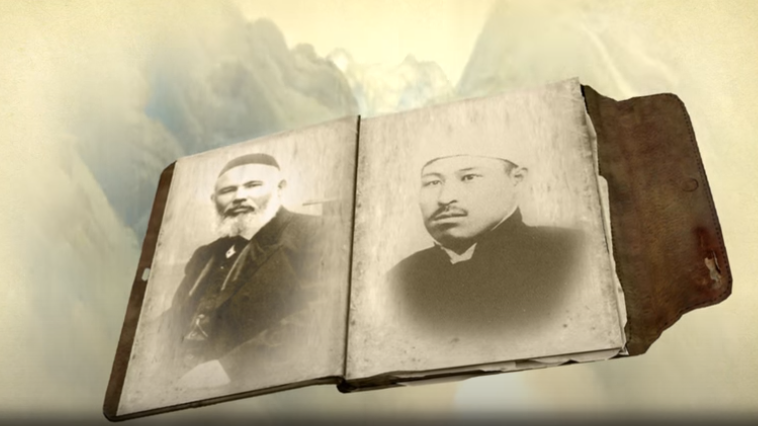
- ARAB NEWS
- 15 Jul 2025

Arab News Japan
Japan’s ties to Saudi Arabia were fortified by the first Japanese pilgrims who ventured to Hajj during the 1900s and participated in the holy ritual. Their pilgrimage not only facilitated a greater understanding of Islam but also strengthened ties between the two countries.
Archives show that the first Japanese Muslim to make the trip was Mr. Mitsutaro Yamaoka, who later changed his name to Umar Yamaoka in the year 1909.
The context behind the conversion was tied to his encounter with Abdul Rashid Ibrahim, a political activist against Tsarist Russia.
After learning that Yamaoka could converse in Russian, he was asked to join Ibrahim on his journey to Hajj and was pressured to convert to Islam in Bombay.
During his travels Yamaoka kept a travelogue documenting his journey and reflecting on his observations, and after returning to Japan, he began to share his experience of Hajj through his books, as well as engaging in discussions with the Japanese people about Islam and Makkah.
Yamaoka’s teachings paved the way for other Japanese Muslims to make the trip, like the second Japanese pilgrim Noor Muhammad Tanaka Ippei who ventured to Hajj in 1924 and returned once more in 1933.
Ipei, who was recognized for his knowledge of Islamic studies in Japan, published a book about his journey in 1925 called “Junrei Haku Un-Yuki Isramu.”
Ipei did not venture alone and was accompanied by two of his students, Inoumoto Momotaro and Takeshi Sozuki, who both wrote books about their journey.
In 1943 Sozuki published his book, “Pilgrimage to the Place of Seichi Makkah Junrei” described his meeting with King Abdul Aziz in Makkah and how he admired the king’s personality.
The book was also published in Arabic by the King Abdul Aziz Public Library in 1999.
“If Ibn Saud did not exist in the world, the Arabian Peninsula would not have been unified until today … I still remember Ibn Saud with his strong body, frightening stature and strong expression that fills his facial features,” Sozuki wrote in his book regarding the king.
He also expanded by sharing how Saudi Arabia was important for all Islamic countries, both geographically and religiously.
Another Japanese pilgrim, by the name of Suzuki Tsuyoshi, also performed the holy ritual during the years 1938, 1935 and 1937 resulting in his remembrance and understanding of the ritualistic practices typical of the pilgrimage, which he later passed on by sharing his experiences with the Japanese people as his predecessors did.
Aside from Yamaoka, Ippei and Tsuyoshi, many other Japanese pilgrims attempted to travel to Makkah to participate in Hajj but were not able to withstand the hardship that came with the journey and retreated.
Saudi Arabia proved a fruitful place for the Japanese, who not only travelled there for religious purposes but also economic ones.
Many of the later Japanese pilgrims, during 1937, were given the opportunity to converse and meet with notable figures like Saudi Arabia’s Minister of Finance, who expressed interest in building a bridge between the two countries and opening the door to trade and commerce that has persevered and developed into the modern-day alliance we see today.